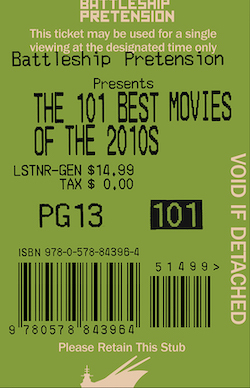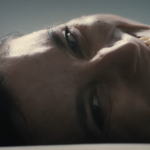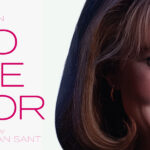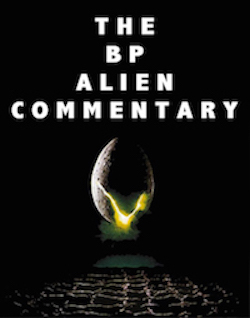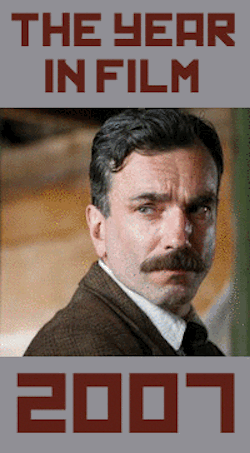78/52: Showered in Praise, by Jim Rohner
“The shower scene.”
With the exception of perhaps any dialogue ever written, there is arguably no phrase in cinematic history in which the terseness of its syntax belies the gravity of its far-reaching and long-lasting influence. Were I to say to you, “the shower scene,” you would, of course, immediately conjure up Alfred Hitchcock’s Psycho, no matter how recently or frequently you may or may not have seen it.
And while there’s almost a guaranteed cultural and geographical omniscience when it comes to awareness of the groundbreaking film, a much more intimate and fascinating exercise comes from exploring how you as an individual viewer – your profession, your upbringing, your passions, your hobbies, etc. – respond to the parts rather than the whole. What is it that first comes to mind when you think of the shower scene? Is it Bernard Herman’s screeching score? The horrifying yet unidentifiable shadowy assailant? George Tomasini’s frenetic editing? John L. Russell’s tense and unsettling camera placement? Janet Leigh’s performance? Perhaps it depends on the day you watch it, what mood you’re in, or some nebulous thought floating around your subconscious that will dictate your focus, but in the end, it almost doesn’t matter. That scene is of and about all of those things at the same time. It is art, is it icon, it speaks in different voices to different viewers and thus, has indelibly embedded itself in cinema’s consciousness that has ensured – as though any assistance was needed – the immortality of the film that contains it and the filmmaker that brought it to life.
But many people – cinephiles, especially – have already been thoroughly educated for decades on not only why Psycho deserves its canonization as a seminal work of film art but also why the shower scene specifically stands out. While 78/52, so called in reference to the respective number of cuts and shot setups in the iconic scene, does touch upon the societal and cultural context that seem to almost imminently decree that Psycho manifest – my personal favorite is Bret Easton Ellis’s interpretation of the film being an embodiment of a universal nihilism – film fan director Alexandre O. Philippe (Doc of the Dead, The People vs. George Lucas) isn’t focused on making the film simply a visual adaptation of any academic or scholarly text.
And rightfully so. When it comes to a film like Psycho, about which so much has been written and said over the decades, there’s almost an inherent temptation to assume that we won’t hear anything that hasn’t already been said and admittedly, when it comes to 78/52, which is very much a film made for film fans, a lot of the insight conveyed will be ground well-trodden by those whose passion include all things Alfred Hitchcock. But like Rodney Ascher’s Room 237, Philipe’s film isn’t attempting to tell us why a specific piece of art should mean something to us but instead allowing other voices to tell us why it means something to them. While the voices in Room 237 were admittedly idiosyncratic at times (Minotaur’s labyrinth, anyone?), the individual perspectives that were brought to life spoke to the power and omnipresence of The Shining as a cultural and artistic milestone.
Making those individual perspectives in 78/52 those of filmmaking professionals adds a level of technical perspective that enhances the appreciation of the sequence on a craft level while in no way diminishing the gleeful subjectivity of those individual opinions: yes, it’s absolutely amazing hearing editors – Walter Murch, Amy E. Duddleston, Bob Murawski, et. al. – talk about certain editing choices; yes, it’s great hearing directors – Karyn Kusama, Peter Bogdanovich, Guillermo del Toro, et. al. – talk about how emotionally and structurally groundbreaking the film was; and yes, it’s even fascinating hearing composers and sound designers – Danny Elfman, Shannon Mills, et. al. – talk about how the aural experience matched the visuals in their thoroughness and progressiveness. Even if such a lovefest across the technical spectrum is old news for viewers, the newness to which 78/52 exposes us is the light in the eyes of the interviewees who we see watching the shower scene, the same interviewees who, though earlier have discussed the extent to which the sequence saturates our culture and their lives, still take it in with a joy and excitement as though they are seeing it for the very first time.
It’s this love, this appreciation, this invitation to view through different lenses that allows 78/52 to avoid telling us why a piece of art matters, but to show us. They say that the more specific the story you tell, the larger audience it’ll connect with and at the end of the day, it doesn’t entirely matter whether you find the score, the shooting, the editing, or any other specific element of the shower scene to be the most effective bone in its body; by standing out for one thing to someone, it stands out as everything to everyone.













